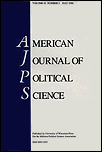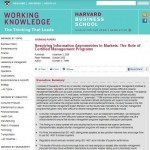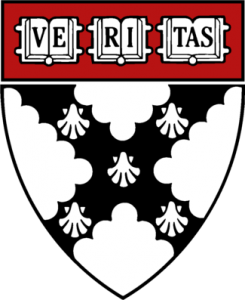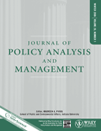Research
Green clubs and voluntary governance: ISO 14001 and firms’ regulatory compliance
The research published in ‘Green clubs and voluntary governance: ISO 14001 and firms’ regulatory compliance’ (Potoski, M., Prakash, A., 2005), looks at the role of certification as a type of voluntary program, increasingly used as policy tools. Referred to as a ‘club’, these clubs ‘promulgate standards of conduct targeted to produce public benefits by changing members’ behaviors’. In particular, the research sought to understand if certification to ISO 14001 reduces time spent complying with government regulation, in this case the Clean Air Act in the US. To do this, an empirical analysis of 3700 US facilities compared the regulatory records of certified and non-certified facilities.
The conclusion of the research ‘indicates that joining ISO 14001, an important nongovernmental voluntary program, improves facilities’ compliance with government regulations. We conjecture that ISO 14001 is effective because its broad positive standing with external audiences provides a reputational benefit that helps induce facilities to take costly progressive environmental action they would not take unilaterally’.
The report goes on to say , ‘The results imply that as a group ISO 14001 certified facilities have better compliance records than if they had not joined the program’. At the heart of this is the behaviour that membership of the ‘club’, in this case being certified, promotes. For example the report states, ‘We conjecture that ISO 14001’s mandated third-party auditing mitigates wilful noncompliance by compelling members to measure up to club standards while ISO 14001’s EMS standards address noncompliance stemming from ignorance by directing members’ attention to root causes of regulatory noncompliance’.
Authors
Matthew Potoski, Iowa State University; Aseem Prakash, University of Washington
Citation
Potoski, M., Prakash, A. (2005), ‘Green clubs and voluntary governance: ISO 14001 and firms’ regulatory compliance’, American Journal of Political Science, Vol. 49; Issue 2; pp 235-248.





